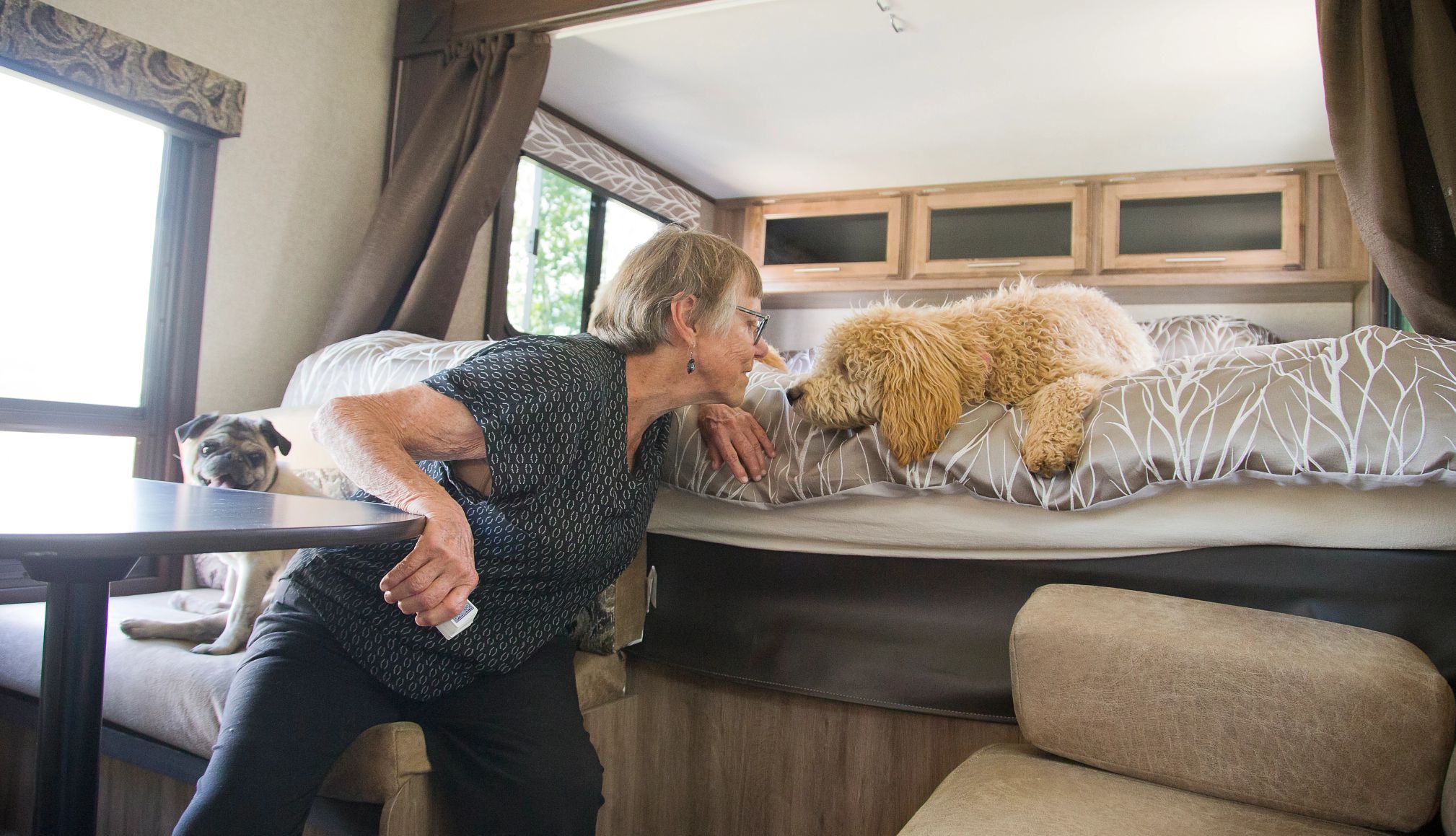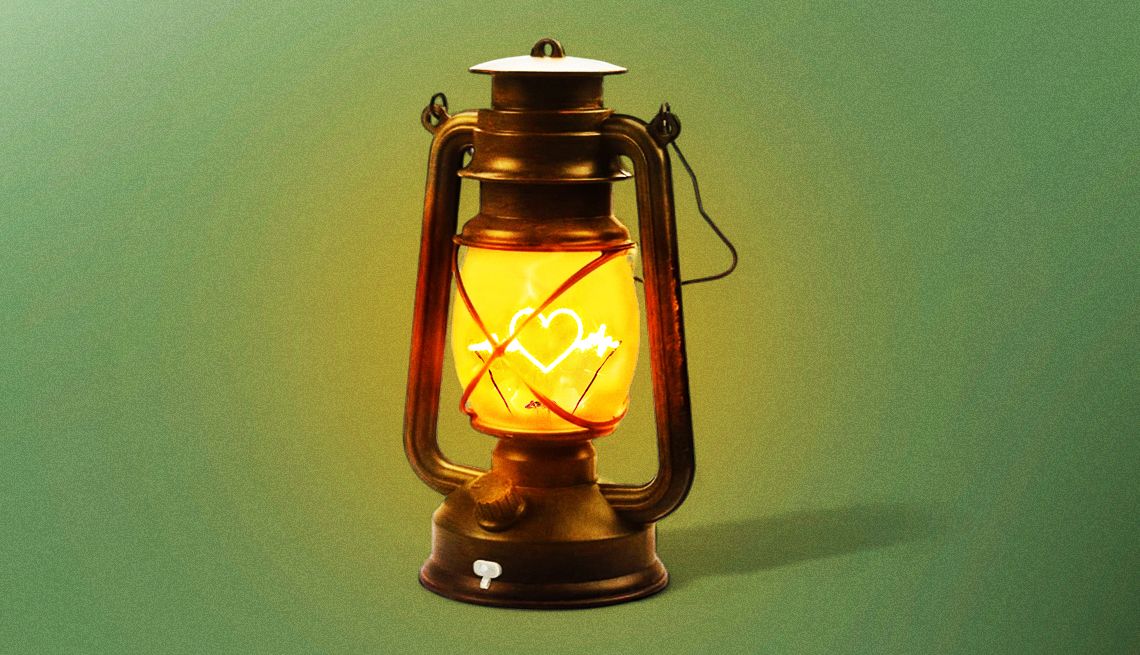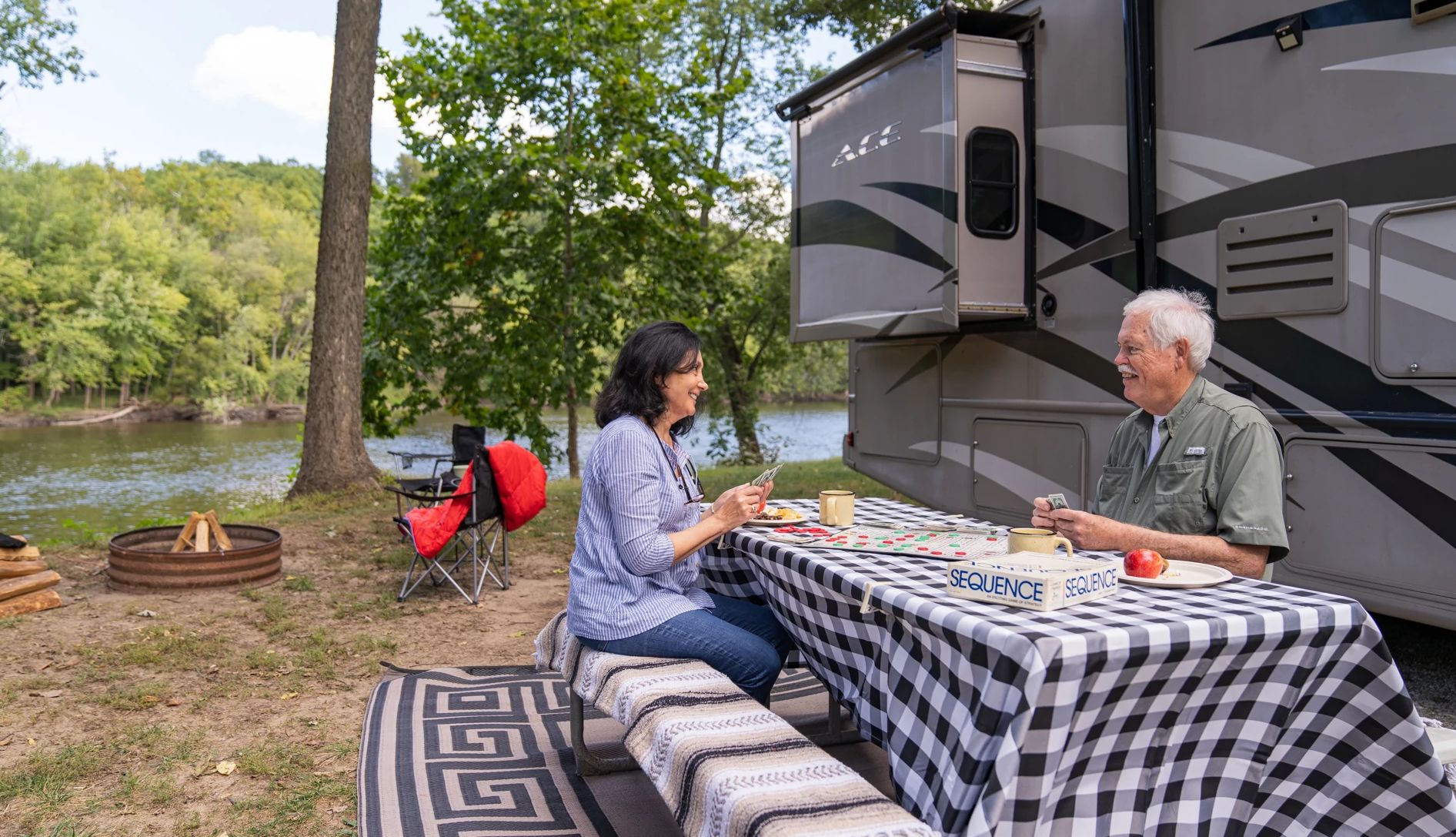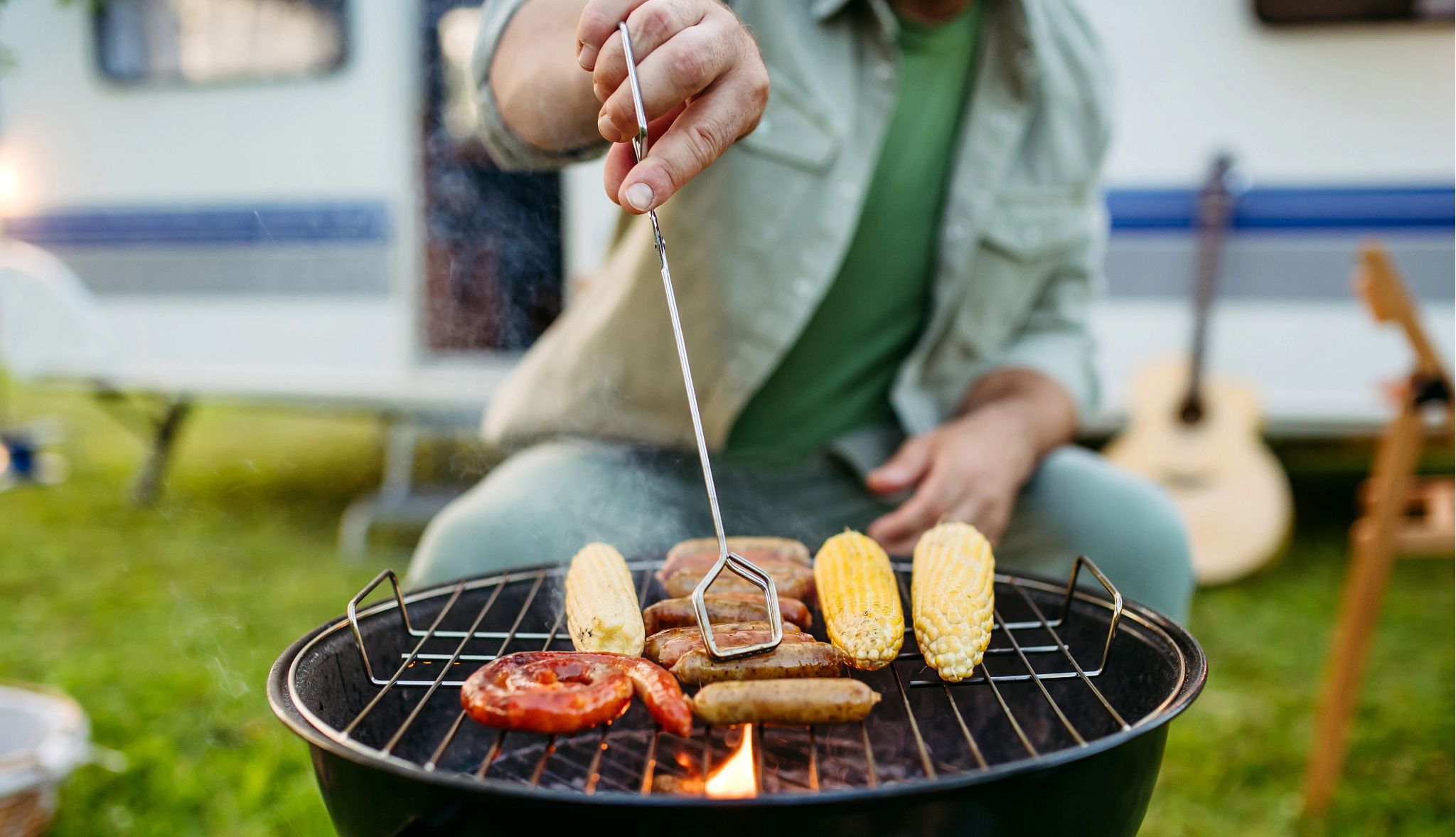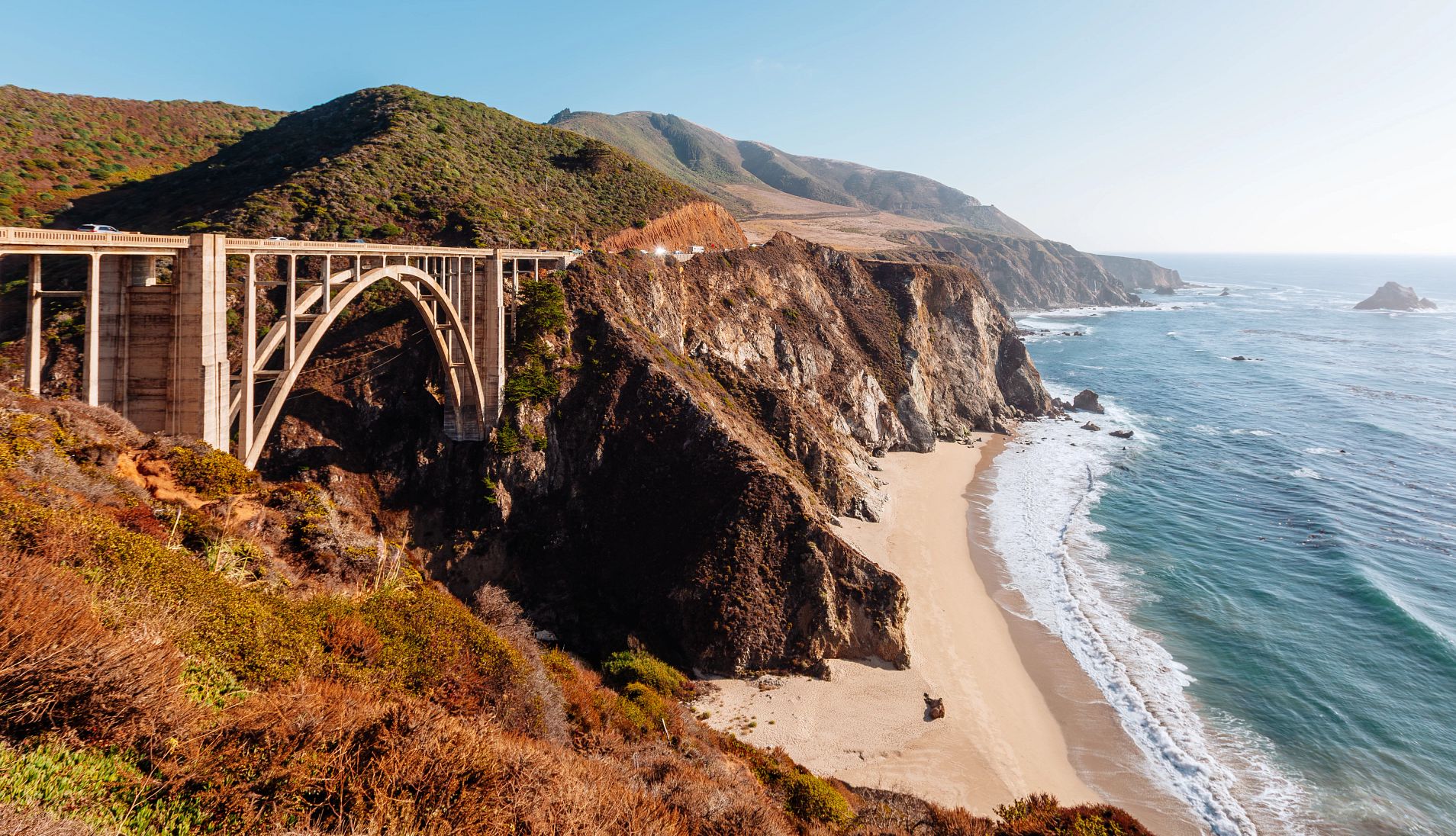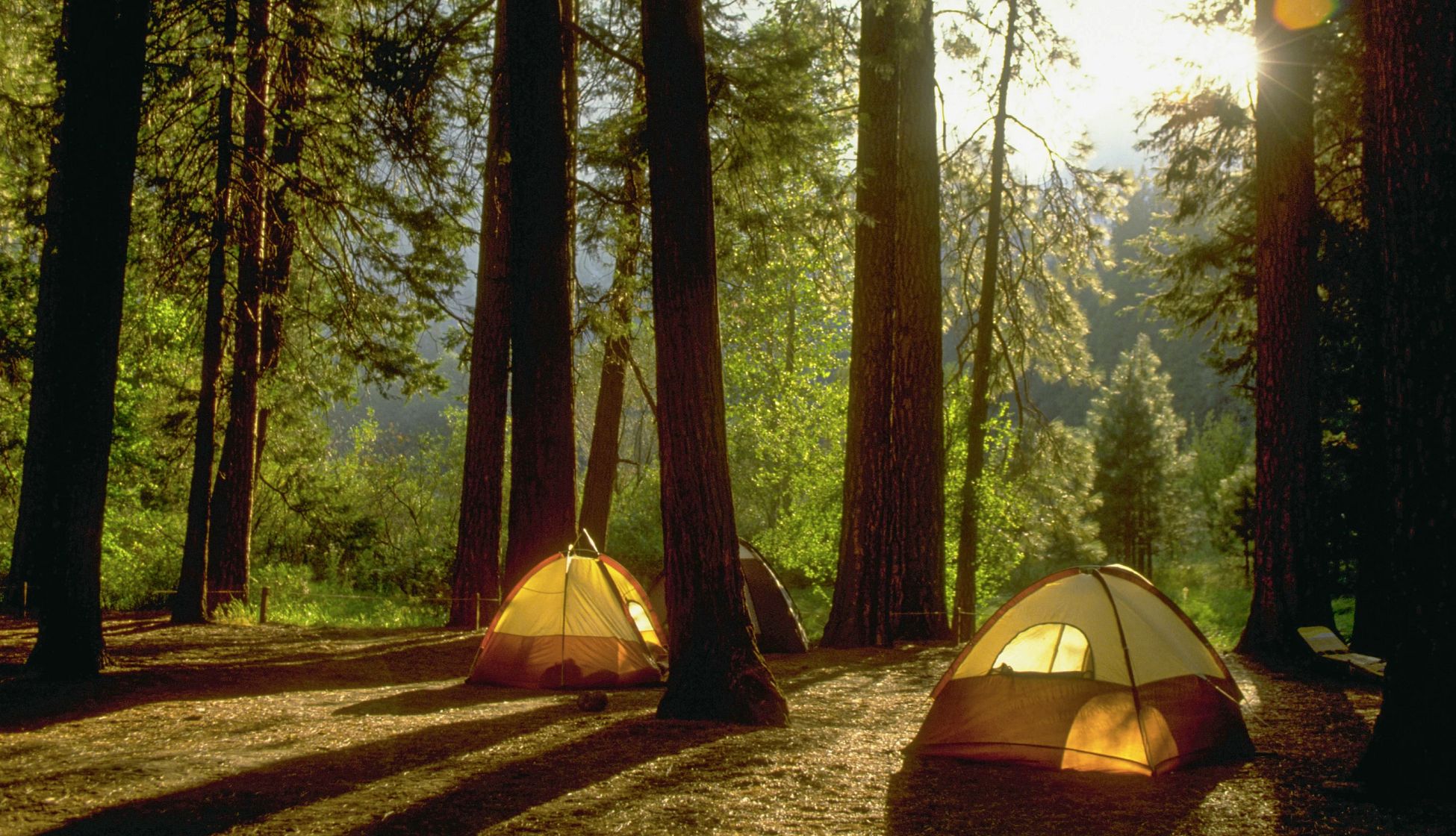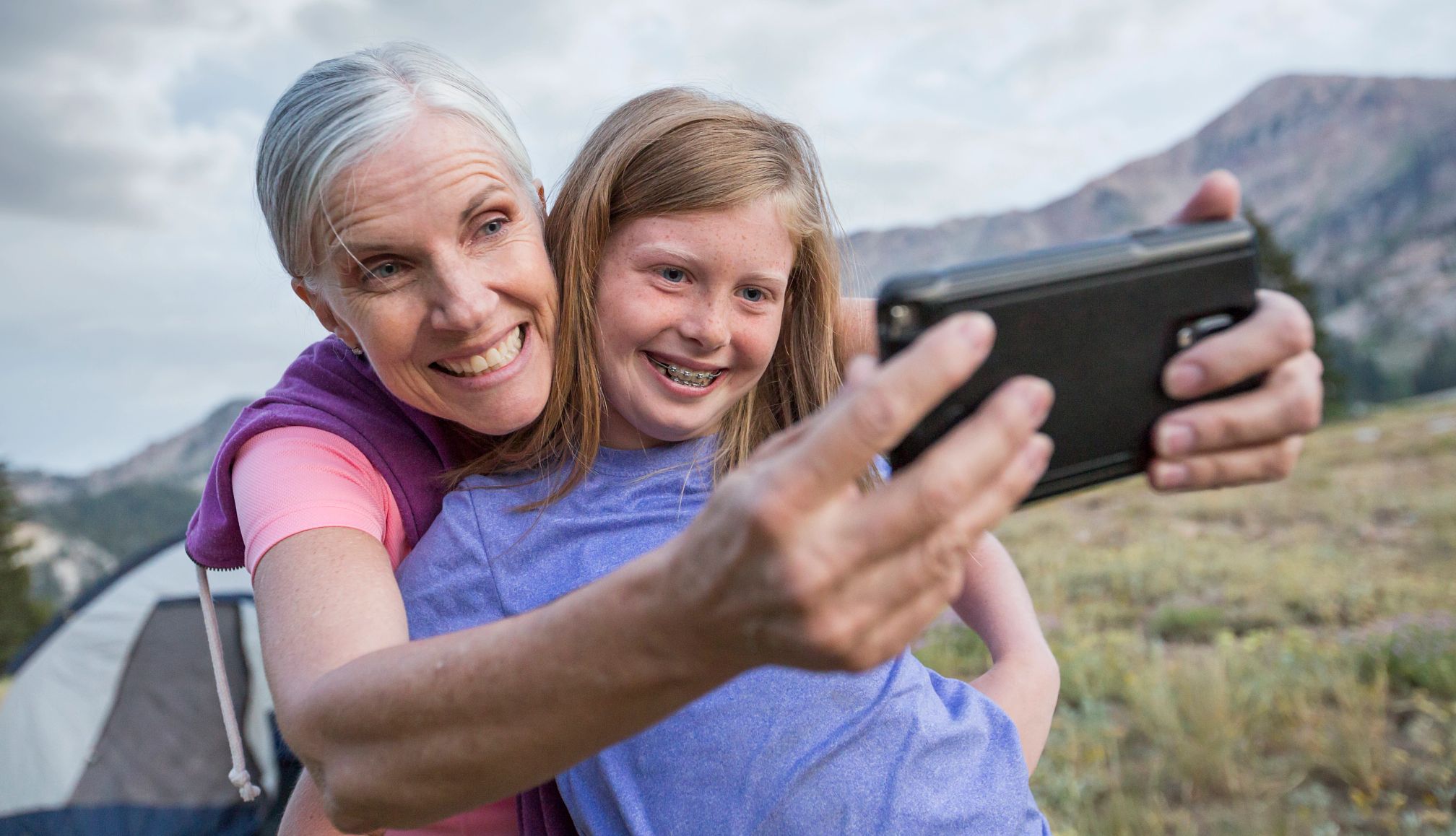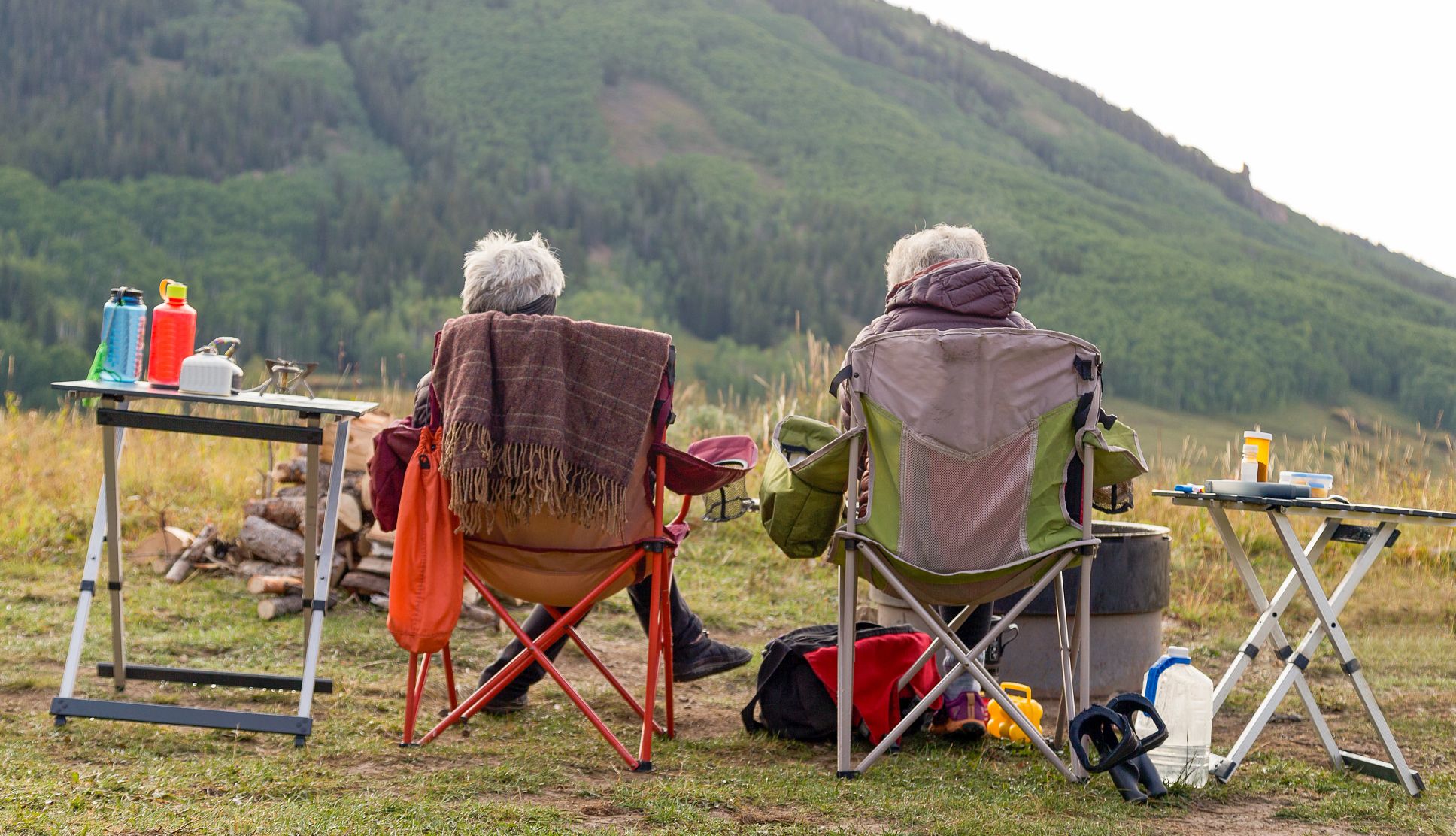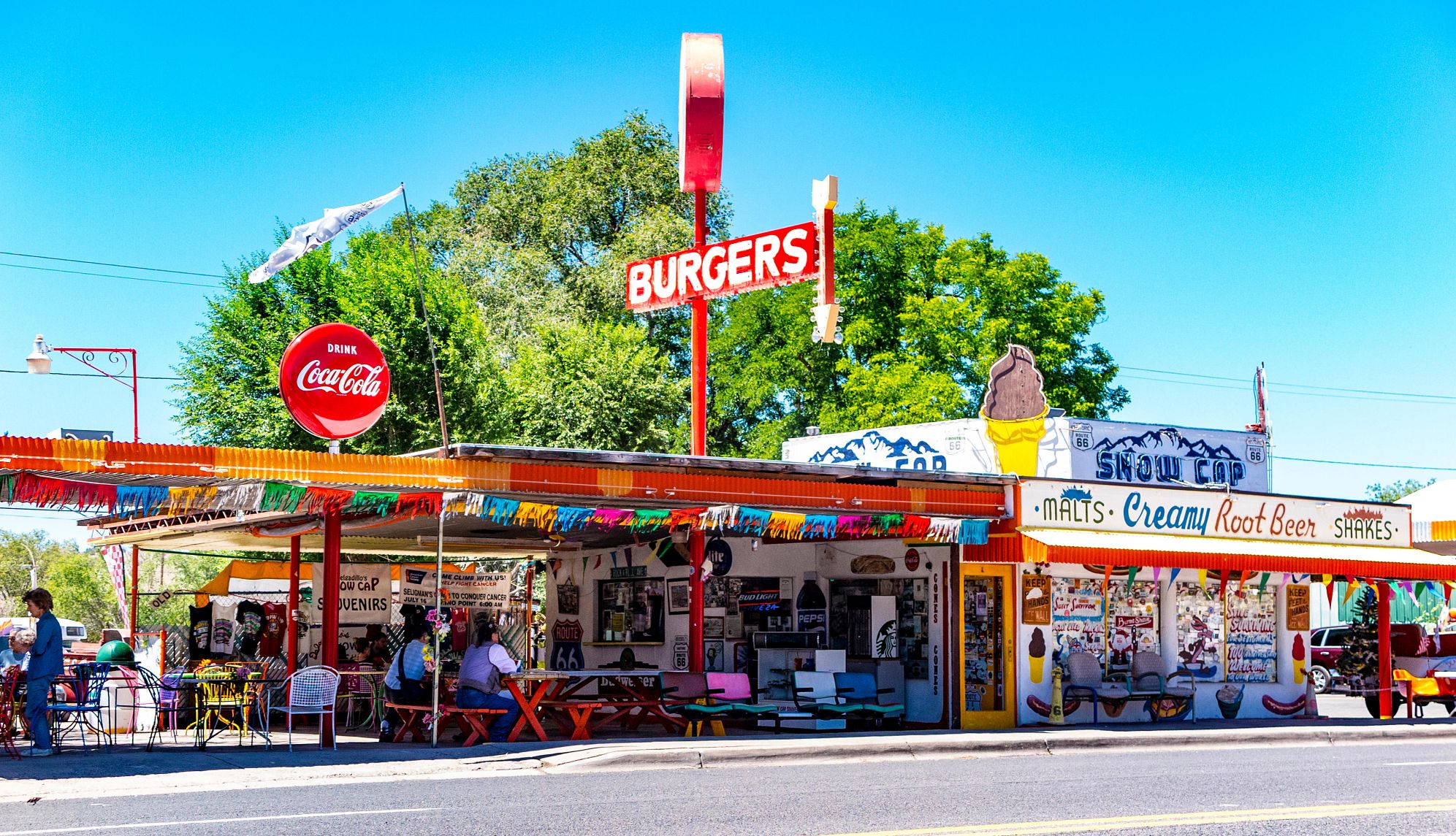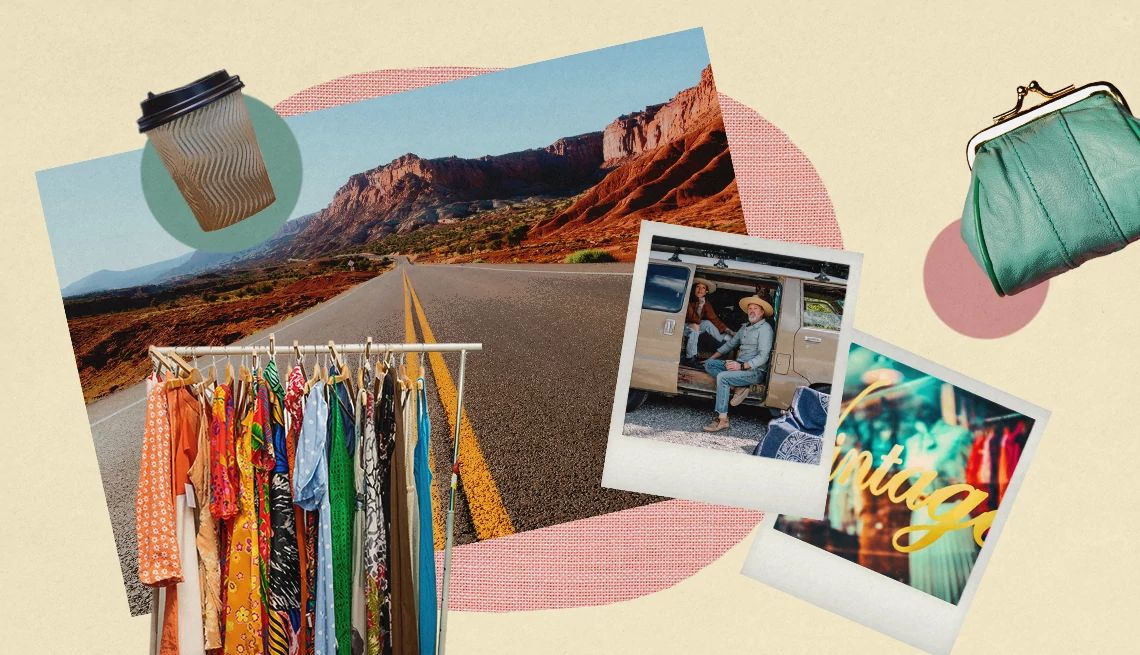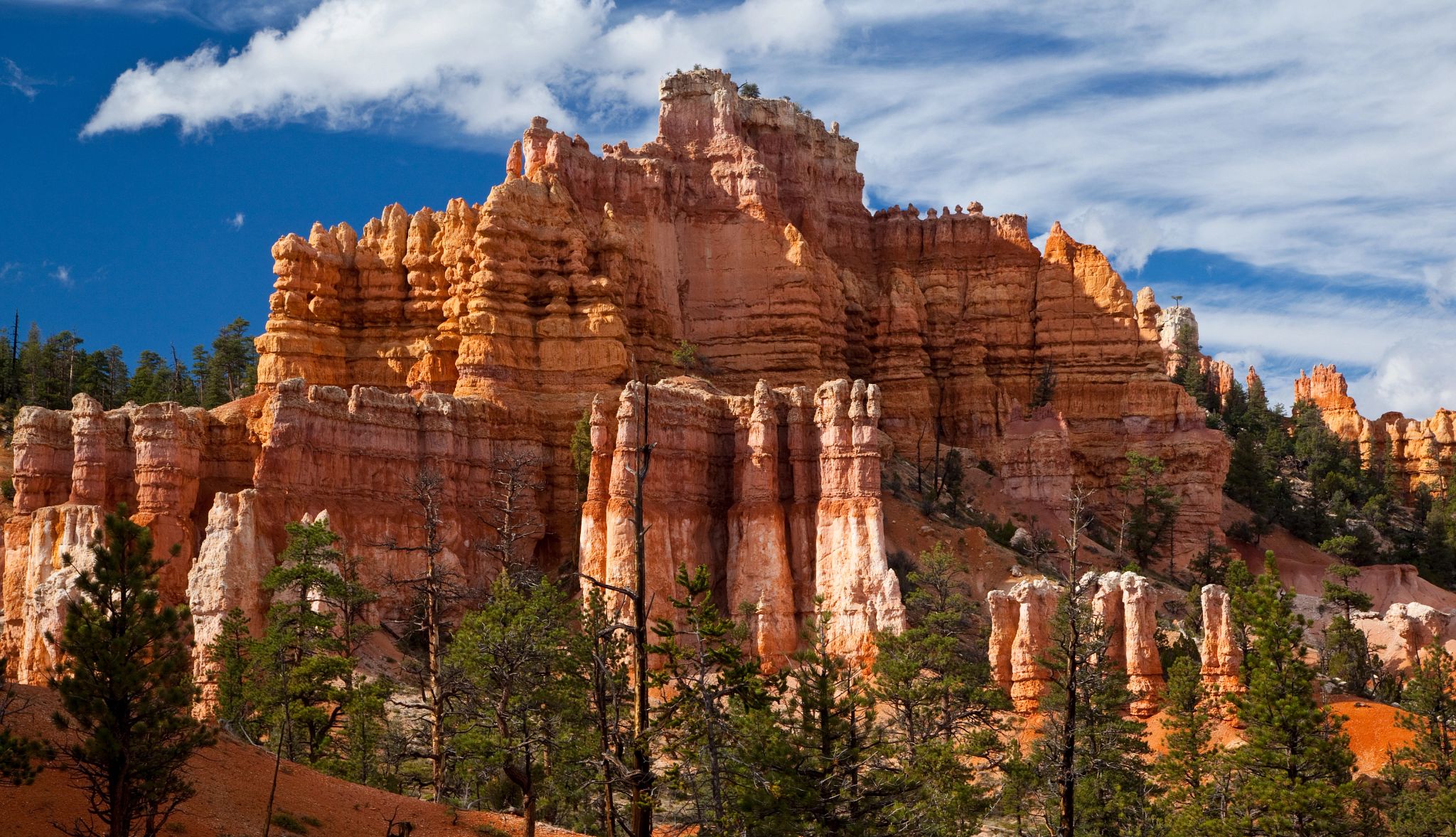AARP Hearing Center
In this story
Are You Ready? | What's Your Camping Style? | Find an Age-Friendly Campsite | Gear Up | Dress Properly | Be Safe | Maximize the Camping Experience
There’s no such thing as a cure-all, but nature comes pretty close. In 2024, scientists reported that older adults who regularly participate in outdoor activities spend less money on health care than older adults who don’t. Researchers noted that outdoor activities improve “mental health, cognition, eating habits and activities of daily living,” which results in reduced medical expenditures.
There are many ways to enjoy the great outdoors. However, camping might be one of the best. A 2022 study of nearly 11,000 people found that campers are more likely to be “flourishing” than non-campers. The key is careful planning and ample forethought, so we’ve assembled this AARP Smart Guide. Whether you’re a veteran camper or a total newbie, it has everything you need to know to become a camping connoisseur.
ARE YOU READY?
1. Get a health check
Before you get too excited about camping, make sure you’re physically up for it, says lifelong camper Scott Jensen, founder and owner of Near Zero, a maker of lightweight backpacking gear. “It’s always smart to check in with your doctor, especially if you’re heading into higher elevations or planning physical activity,” he says.
Be especially cautious if you feel sick or have a chronic health condition, advises 65-year-old camper Janine Pettit, a social influencer for the RV Industry Association and cofounder of Girl Camper, a camping club and community for girls and women. “Postpone or cancel if there is any chance that something more serious may arise,” she says. “For those with chronic health issues, make sure all of your prescriptions are filled and you have a larger supply than you might need. … Better safe than sorry.”
2. Assess your physical fitness
Camping is a great way to unwind, but “even a relaxing trip involves some physical effort,” says hiking and backpacking guide Alison Watta, creator and editor of the travel and outdoors website ExplorationSolo.com. “Before you head out, consider the effort required to pack and unload your car, set up the tent and inflate your sleeping pad — even walking to and from the restroom, often over uneven ground. This could be more strenuous than you think.”
A dry run can be a good way to assess your physical readiness, Watta notes. “Practice setting up your campsite at home,” she suggests. “Then wait a couple of hours and take it down. This simple rehearsal will help you determine if you are able to lift and carry your gear, if you feel steady when bending down to set things up, and if you can manage setup without tiring.”
3. Build strength and stamina
If backpacking is part of your plan, practice that, too. “Put on a weighted pack with about 20 pounds and walk,” Watta says. “It’s OK if you don’t have all the gear for a trip; dumbbells or canned goods wrapped in a towel can add the weight you need. Try a 2-mile hike with 20 pounds and see how it goes. Then increase your distance to 5 miles. Continue to build by increasing weight or distance.”
Regular exercise will help prime your body for the rigors of the outdoors. “Regular daily walks will help build stamina and cardiovascular health. Light strength training will prepare you for moving gear back and forth,” Watta continues. “High-intensity interval training classes mixed with full-body strength training is a good regimen. Squats, lunges and deadlifts help strengthen your legs. And don’t forget your core. A strong core will help keep your back safe.”
4. Set realistic goals
If you’re new to camping, start small, suggests Andy Sicard, superintendent of Grandfather Mountain State Park in Banner Elk, North Carolina. In addition to setting up the tent at home, he suggests that you try sleeping in it overnight. “If that is doable, then work towards the goals of going somewhere to camp or spending multiple days at home outside without going in for anything,” he says. And remember: It’s OK if everything doesn’t go as planned. “Part of the camping experience is learning how to adapt, laugh at your mishaps and let go of the idea that everything has to be perfect,” Watta says. “With each trip, you’ll get better at setting up your gear, preparing meals you love and knowing exactly what to pack. The key is to go easy on yourself. Choose trips that match your ability and comfort level. Enjoy nature at your own pace.”

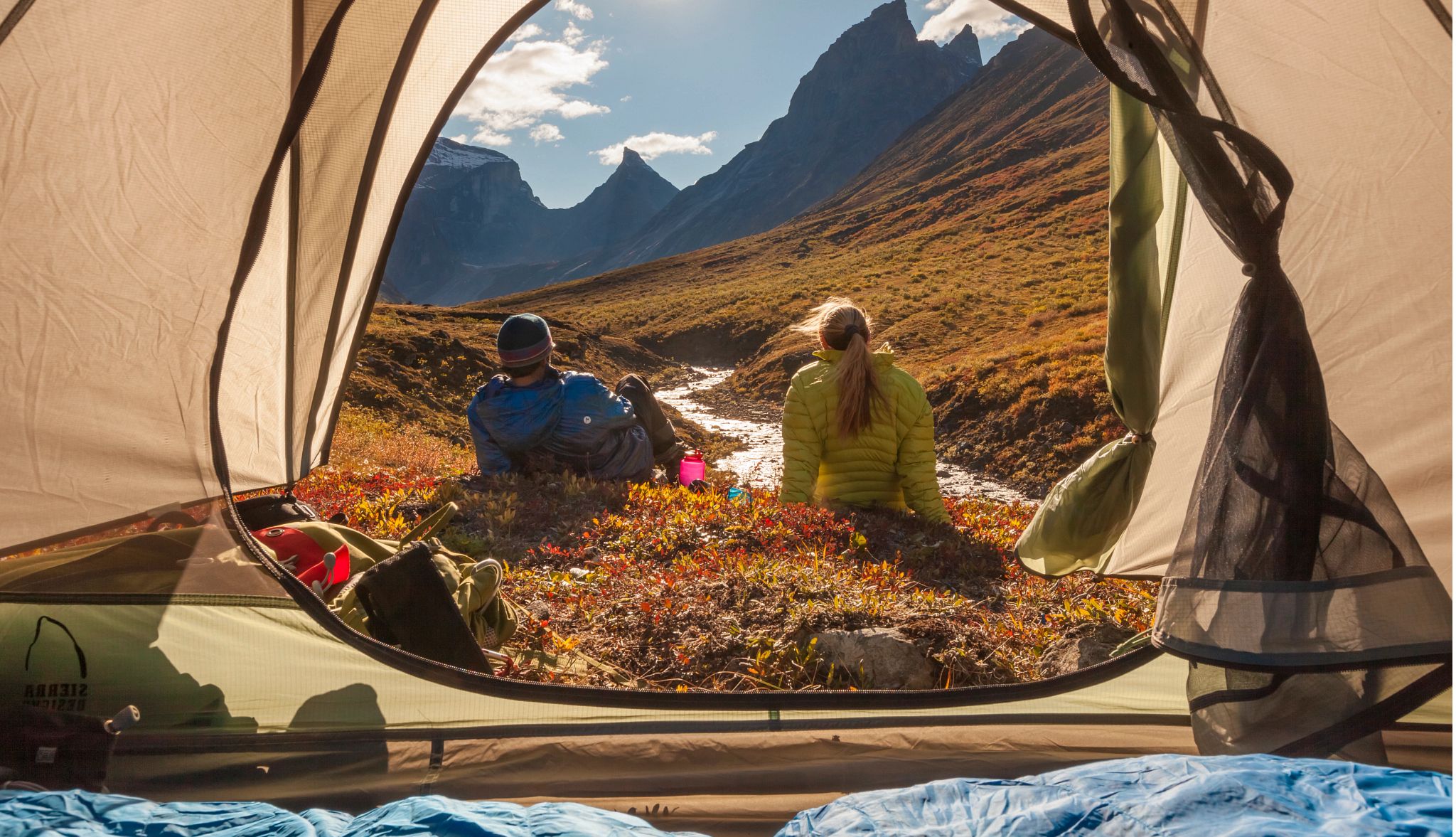
WHAT’S YOUR CAMPING STYLE?
5. Solo vs. group camping
Camping can be an individual or team sport. “Solo camping offers more solitude but takes a bit more preparation,” Jensen says. Echoes frequent camper Juan Castells, author of the solo travel blog PlanetOfAdventures.com, “It’s not for everyone, but everyone should try it at least once, as you end up discovering a lot about yourself.” When camping solo, take additional safety measures, starting with telling someone you know about your plans.
The main advantage of group camping is additional muscle power, Castells says. Groups can share equipment and responsibilities, which lightens the load for everyone. If you’re inexperienced, camping with a partner or a group could also be safer, says Andrew Roberts, cofounder and lead guide at EXP Journeys, a travel company that organizes luxury camping trips. “It’s always better to have someone else with you just for those worst-case scenarios,” he says. “If you are set on a solo experience, I would suggest finding a campground that has very easy access and has other campers around. This gives you the ability to retreat easily if needed due to weather, animal encounters, illness, etc., and also gives you access to other campers who could assist you should you need it.”
6. Glamping offers comfort, luxury
If you want to enjoy the outdoors without giving up your creature comforts, glamorous camping, or “glamping,” might be for you. Pettit notes that while glamping is more comfortable than traditional camping, it also tends to be more costly. “There are decked-out teepees, treehouses and cabins with hotel beds, hot water on demand and even room service,” she says, adding, “You still get to lay in bed at night listening to owl calls and babbling brooks.” But glamping isn’t necessarily fancy. Sometimes it’s just more practical, according to Sicard, who cites cabin camping, which encompasses everything from humble log cabins to over-the-top chalets. “Health conditions that prevent someone from being able to be outside in only a tent should consider cabins,” he says.
7. Car camping is convenient
There are two types of car camping, according to Roberts. “The simplest form is driving to a remote area, laying down all of your seats ... and literally sleeping in your car,” he says. “Stepping up from there, you can consider a campground that you can drive to for car camping, or camping within eyeshot of your car, which gives you incredible access to be able to bring more comforts that you typically wouldn’t carry into the backcountry.” For the latter, you can sleep in a tent or a pop-up camper towed behind your vehicle. “The benefit of car camping is you are quite mobile, so you can choose from an abundance of campsites,” says camping enthusiast Richard Campbell, founder of 10Adventures.com, a platform for booking custom hiking and cycling holidays. Car camping is affordable, too, Campbell adds: “Often your only cost is the $20 to $40 fee for the campsite.” The downside of car camping, compared to RV camping and perhaps glamping, is that you may be more exposed to the weather. “In the mountains, spring and autumn can be quite cold,” Campbell says. “In lower-elevation areas, summer can be unbearable.”
8. RV camping is for road-trippers
RV camping “combines the adventure of the outdoors with the comforts of home,” says Diane Eichler, senior vice president of marketing at Kampgrounds of America (KOA), a franchise of privately owned campgrounds with more than 500 locations across the country. “RVs allow you to bring your living space with you, complete with beds, a kitchen and bathroom facilities, depending on the type of RV you have.” Eichler cites comfort, convenience and mobility as RV camping’s greatest advantages. The greatest disadvantage is cost. “Between purchasing or renting an RV and fuel expenses, this can be a pricier option than tent camping,” says Eichler, adding that the size of RVs also can be a disincentive. “RVs require accessible roads and level sites for parking, which can restrict how far off the beaten path you go.”
9. Backcountry camping is risky yet rewarding
Backcountry camping is the most strenuous and remote kind of “roughing it.” “Backcountry camping is when you leave the roads, cars, power lines and anything manmade behind. Everything you need and want goes in a backpack and you carry it to your campsite, whether that be a mile or 20 miles from the trailhead,” Roberts says. “Some people spend a night or two backcountry camping, and some people trek for weeks.” The benefits are “isolation and complete immersion into the wilderness,” Roberts continues. “It is a great way to disconnect from the real world for a few days.” Although there are rewards, there are also big risks. “You are on your own, sometimes hours from help. You need to be in good shape; know how to plan your trip, including finding campsites and water; and carry everything you need in your pack.”

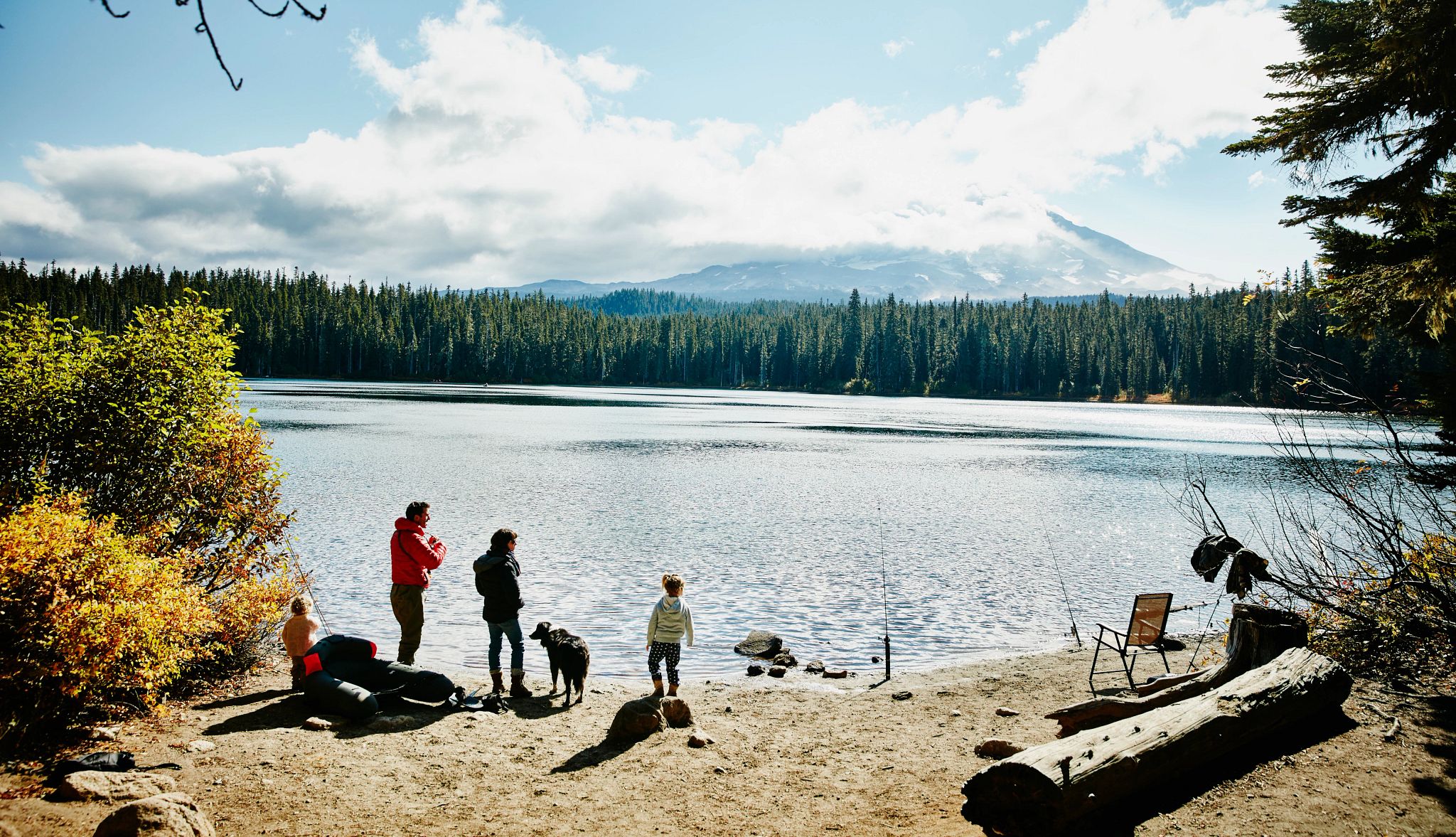
FIND AN AGE-FRIENDLY CAMPSITE
10. Prioritize accessibility
To maximize safety and enjoyment, choose your campsite carefully, says Peter Gros, cohost of Mutual of Omaha’s Wild Kingdom Protecting the Wild, which airs on NBC and the Peacock streaming service. “For older adults, I recommend choosing campsites with accessibility features,” he says. “Look for locations with well-maintained bathhouses, access to clean drinking water and designated parking areas that are close to campsites or amenities. Campgrounds with onsite rangers are especially helpful, as they can offer guidance on suitable trails and provide support in case of emergencies.” Flat terrain is crucial, Campbell adds. “Many sites are elevated with steep drop-offs of 1 to 3 feet, which I have personally fallen down in the dark,” he says. To make sure your campsite meets your needs, do your research ahead of time.
11. Assess available amenities
Campgrounds may or may not come with extra amenities. If comfort and convenience are important to you, look for campsites with showers, flushing toilets and potable water. “Most campgrounds have potable water spigots every two to three campsites,” Watta says. RV camping typically requires more amenities than other types of camping, Pettit adds. “If you are camping in an RV, you will want a site that supports the RV’s systems while it is parked. These systems will run on batteries while you’re getting to your destination, but if you will be parked for any period of time, you will want electric, water and sewer hookups,” she says. “Most larger RVs have holding tanks for sewer, so that is not always necessary, and RV parks also offer the ‘honeypot’ service where the truck will come and pump your tanks when necessary.”
12. Choose the right time of year
When it comes to camping, timing is everything. “Spring and fall are ideal: mild temperatures and fewer bugs,” Jensen says. “Summer is great, too, if you plan around shade or higher elevation. Always check weather and fire restrictions before you go.” Echoes Gros, “Summer is often a popular choice for camping because of its generally stable weather. But you don’t have to limit yourself to just one season; camping can be a year-round adventure with the right preparation.” For older adults, comfort and safety come down to choosing days with moderate, consistent temperatures, Gros says.































































